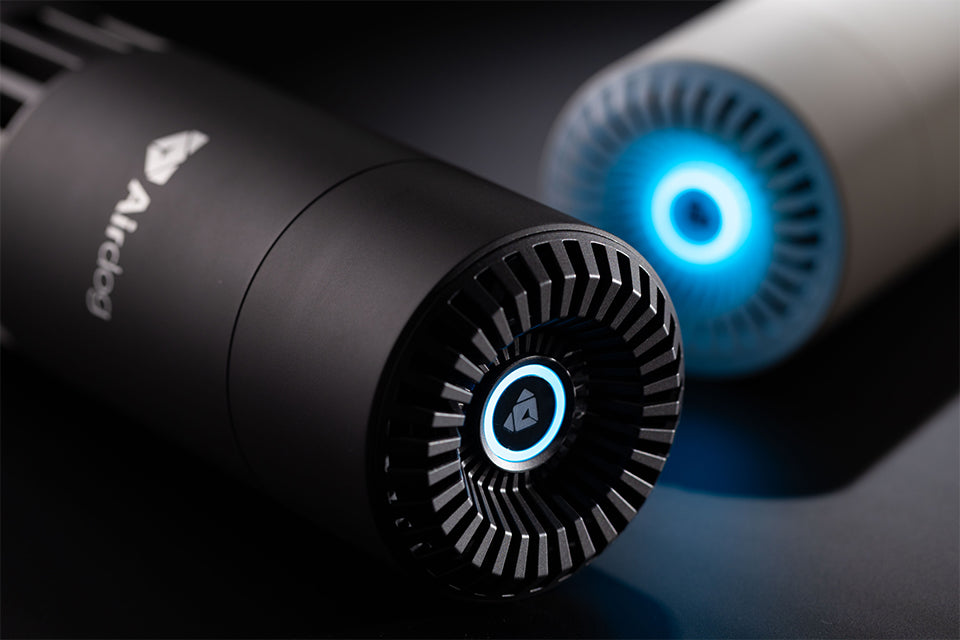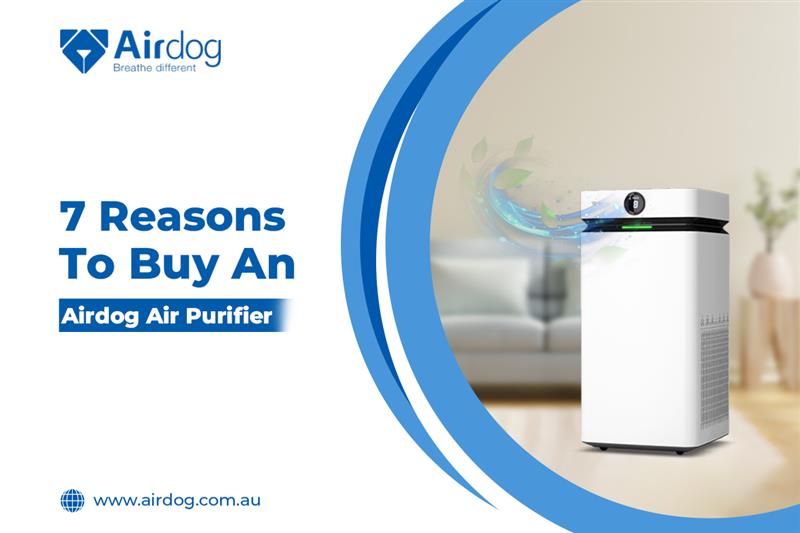Yes, it does, and you’d be surprised at how much healthier you would be if your home in Australia had an air purifier. Australia may be among the world’s only 10 countries with healthy air, along with Finland, Estonia, Puerto Rico, New Zealand, Bermuda, Grenada, Iceland, Mauritius, and French Polynesia, but the scenario isn’t as simple as that.
Indoor air quality is affected by a host of factors, including external air quality and pollutants released from cleaning supplies, paints, air fresheners used indoors, and pets. With most adults spending around 10–12 hours per day awake at home and kids spending more than 16 hours, it would be grossly foolish to believe that indoor air quality doesn’t impact overall health and mood.
Now, external air quality in Australia is at the mercy of climate change and human negligence. Australia is prone to bushfires all through the dry season from December to February. Around the same time, dust storms are triggered in central Australia and carry particulate matter towards populated cities like Sydney and Canberra, disrupting everyday life.
Residents also fall prey to hay fever during Australia’s notorious pollen season. Thunderstorms worsen the effects of pollen on both the young and old. To add to the environmental mess that’s growing in Australia, rising air pollution levels and a growing decline in lung health among the youth are also critical factors homeowners need to be aware of before they laugh off investing in an air purifier.
Assess the situation with us before you dismiss any investment in air purifiers in your home.
Particulate Matter from Bushfires and Dust Storms
The two kinds of particulate matter released from bushfires are PM2.5 and PM10. Both are dangerous to health. The Black Summer Fires of 2019–2020 released 400 million tonnes of CO₂ and millions of tonnes of PM2.5 and PM10 that reached Sydney. Sydney’s air quality became worse than Beijing’s.
The 2009 Sydney dust storm lifted over 16 million tonnes of dust from inland Australia into the air. It caused PM10 levels to spike above 15,000 µg/m³ in parts of New South Wales (safe levels are below 50 µg/m³). Visibility dropped to less than 100 metres in some places. The sky turned a scary shade of doomsday orange-red.
While you may believe these are one-off instances, the impact of PM2.5, PM10, CO₂, CO, VOCs, methane, and nitrogen oxides from these freak environmental phenomena on health can be devastating.
Exposure can cause permanent respiratory damage and cardiovascular, neurological problems. Asthma and bronchitis sufferers bear the brunt of poor air quality. Children and seniors experience eye and throat irritation as well as severe respiratory problems.
To tackle particulate matter like PM2.5 and PM10, choose an air purifier that removes ultrafine particles from the air, like the Airdog X5, which zaps PM of up to 0.0146 microns onto its collector plates.
Pollen Problems
Pollen and thunderstorms can impact air quality, especially during spring and early summer. When thunderstorms occur during high pollen seasons, strong winds and humidity can break pollen grains into smaller, respirable particles.
These tiny particles penetrate deep into the lungs, triggering serious asthma attacks, a phenomenon known as thunderstorm asthma. This was dramatically seen in Melbourne in 2016, when a sudden event overwhelmed emergency services.
Pollen also contributes to elevated levels of aeroallergens, worsening respiratory conditions like hay fever and asthma, particularly in cities like Melbourne, Canberra, and Sydney.
The Human Factor In Poor Indoor Air Quality
Climate change isn’t its own villain. Human activities contribute big time to poor air quality. Dust storms tend to occur when dry topsoil is exposed, often after overgrazing, drought, or land clearing, a common problem in the Australian outback.
When strong wind systems meet the dry topsoil, they carry off soil particles (silica, clay, silt), organic material, traces of metals like iron, aluminium, and potential allergens or microbes.
As air pollution in urban areas is slowly increasing, PM2.5 and ozone levels are rising in some cities, mostly during summer. Australia has a high car ownership rate, and most vehicles still run on petrol or diesel.
Outdated fuel efficiency and emissions standards (compared to Europe or the US) have worsened pollution levels. Traffic congestion in cities like Sydney, Melbourne, Brisbane, and Perth leads to more nitrogen dioxide (NO₂) and particulate matter (PM2.5, PM10) in the air.
Smoking indoors or having a log fireplace, using cleaning supplies, paints, and air fresheners that release VOCS are other ways in which indoor air quality is hampered. Owning furry pets increases dander and hair, not to mention odours.
Wrapping Up
So, what should you look for when you buy an air purifier to combat poor indoor air quality?
-
The first layer of defence is the pre-filter, which captures large dust particles like pet hair.
-
A mechanism that helps trap finer particles, helping to reduce allergy flare-ups.
-
Activated carbon filters help improve air quality by absorbing smoke, chemicals, and unpleasant odours.
-
A device that won't release ozone or releases acceptable levels of ozone.
-
A device that limits the use of the environmentally damaging and very expensive HEPA filter.
All these features are found in an Airdog. Explore the range.


